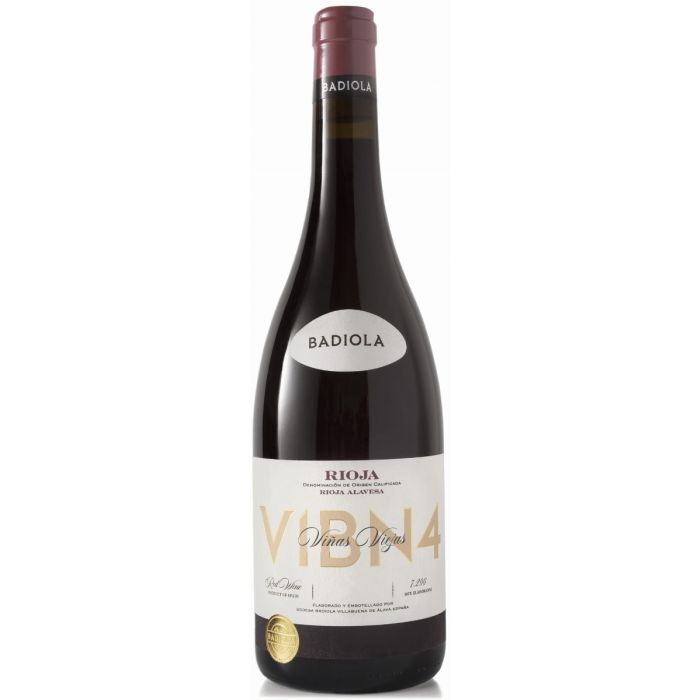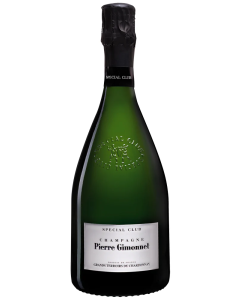We use cookies to make your experience better. To comply with the new e-Privacy directive, we need to ask for your consent to set the cookies. Learn more.
Badiola Vino de Pueblo Villabuena V1BN4 Rioja Alavesa 2019
Badiola Vino de Pueblo Villabuena V1BN4 Rioja Alavesa 2019
- Grapes Tempranillo 100%
- Country Spain
- Region Rioja
- Abv 14 %
- Body Value: C (A is light, E is full
bodied)
Residual Sugar: 2
Contains Sulphites: Yes
Vegetarian/Vegan: No/No
Milk/Eggs: No/No
Organic: No
Biodynamic: No - Case size 6 / 75cl
- Winemaker: Tao Platon
- Closure Natural Cork
- Precise and pure red berry aromas lead to a supple and elegant palate with spicy nuances, finely-grained tannins, and an amazing flow through to the finish. The grapes come from carefully selected hillside parcels around 500 meters above the village of Villabuena. The Sierra Cantabria protects the area, and the mesoclimate balances the wines' freshness, elegance, and good fruit concentration. The bush vines are planted in limestone soils and are cultivated with respect for the environment, using minimal sprays of copper and sulfur when required. The fruit is hand-harvested in 15-kilogram boxes to preserve the quality.
The grapes come from carefully selected hillside parcels around 500 meters above the village of Villabuena. The Sierra Cantabria protects the area, and the mesoclimate balances the wines' freshness, elegance, and good fruit concentration. The bush vines are planted in limestone soils and are cultivated with respect for the environment, using minimal copper and sulfur sprays when required. The fruit is hand-harvested in 15-kilogram boxes to preserve the quality.
| Country | Spain |
|---|---|
| Vintage | 2019 |
| Bottles Per Case | 6 |
| Bottle Size | 75 |
| 2 cases 10% off | No |
| Winery | Badiola, founded in 2018, is a winery based in the heart of Rioja Alavesa, which offers a new perspective on Rioja wines: here, the emphasis is on-site rather than ageing. The vineyards are situated on the slopes of the Sierra Cantabria, predominantly surrounding the villages of Villabuena, Leza, Laguardia, and Banos del Ebro, with each terroir producing wines with a distinctive character. The vines are extremely old and low-yielding; many were planted in the 1920s, 1930s, and 1940s, delivering concentrated juice with a clear identity. Vines are planted on hillsides in soils with a high percentage of limestone. This characteristic sets Alavesa apart from the rest of Rioja, with its high altitude and vineyard age. The winemaking philosophy is obtaining pure, fresh, well-textured wines that reflect their origin. |















